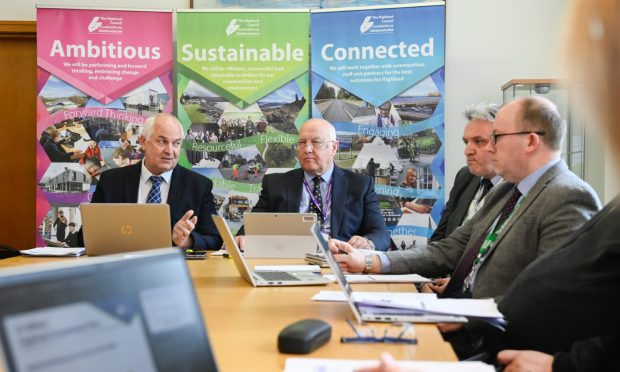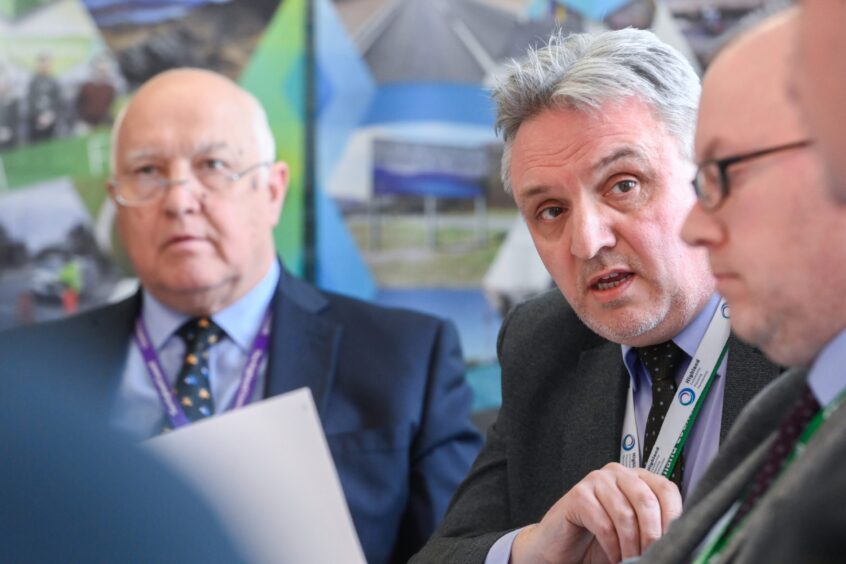One of the “biggest investment programmes in the country” is being proposed by Highland Council to fix its struggling schools and pave its battered roads.
The council hopes to invest £2bn in the two target areas over a 20-year period.
Around 90% of Scottish schools are in good or satisfactory condition – but that figure drops to just 68% in the Highlands.
There will now be a new focus on getting the 64 primary and secondary schools that are flagging up to scratch.
However, that goal comes with a disclaimer that the local authority will not be able to rebuild school buildings like-for-like.
Instead, it will look for “retrofit” and “co-location” opportunities.
Details are still to be agreed – but that effectively means places where primary and secondary schools can be combined onto the same site or where a school can share a space with other services.
The roads
Talk of budget black holes at Highland Council are nothing new.
It’s been the default landscape for years now.
Fresh from more funding disappointments from central government, what the council is calling “The Highland Investment Plan” appears to be a pitch to do things differently.
The north’s roads have been a major headache for drivers for some time.
Last year, it was reported that there had been 22,000 complaints about them in a single year.
An extra investment of £287m over 20 years sounds significant.
But with more than 4,000 miles of road to repair and maintain, it’s not yet known if this will be a huge improvement or simply enough to keep the council’s heads above water.
Council leader Raymond Bremner said: “We have been working on this for some time.
“We believe this plan will support a vision of increased economic development, sustainability and the tackling of de-population.
“There will be a contribution to securing jobs and in making the Highlands a more appealing place to locate to and invest in.”
How will Highland Council afford this?
The prospect of wide-scale repairs to north roads and schools is one likely to be welcomed by everyone.
There is no dispute about the need for these repairs to be carried out.
But deciding how it should be funded is where not everyone will agree.
There will be an initial £2.8m held over from the last budget used to get started with “priority” work.
From then on, the council‘s head of corporate finance Brian Porter has suggested ringfencing 2% of council tax a year over the course of 20 years.
In the papers, there is also talk of borrowing.
But this will be capped at 10% of its revenue budget to make sure its still affordable in years to come.
What happens next?
A lot of the details within this new investment plan need to be ironed out.
But the current administration will be putting it forward to be agreed by the full council at a meeting on May 9.
That will allow opposition councillors the chance to put the administration’s claims to the test.
Council convener Bill Lobban said: “This will create jobs and economic prosperity all across the area.
“It’s one of the biggest investment programmes in the country.
“And it’s a radical solution to the significant challenges we face.”


Conversation